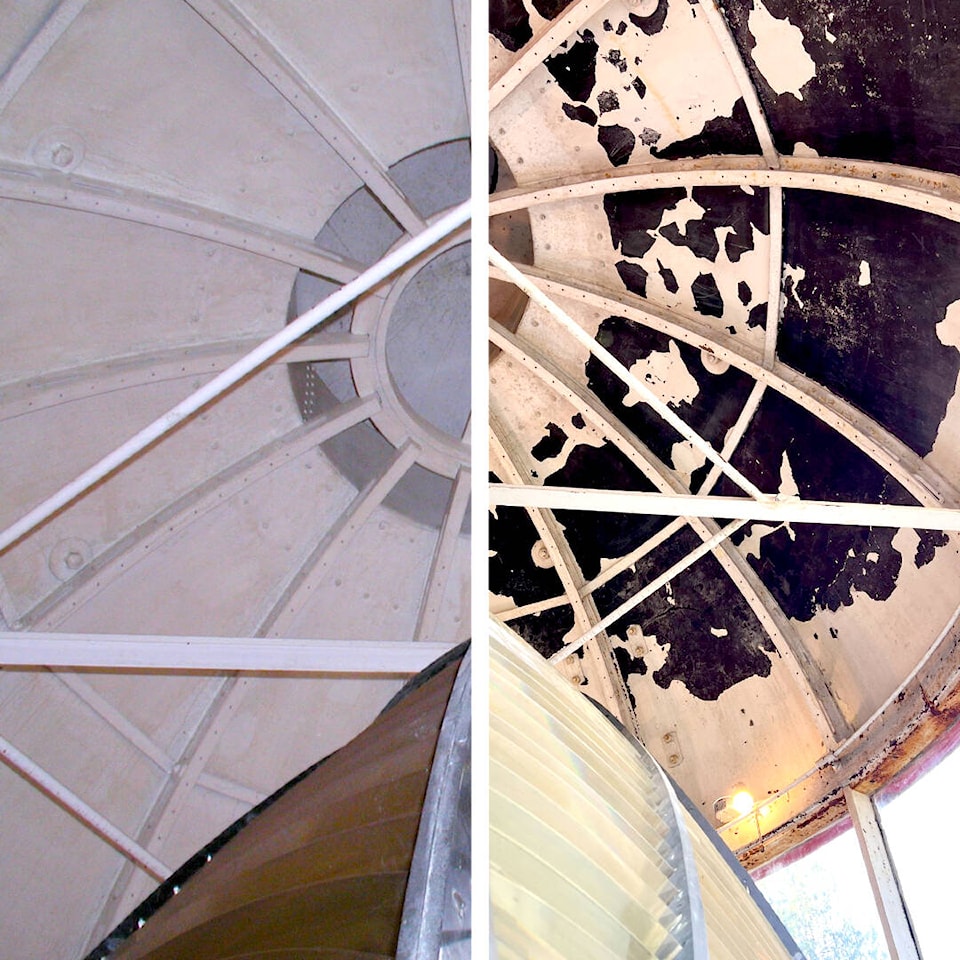Emma Wilton | Contributed
An important aspect of museum processes is conservation. To preserve artifacts for future generations, we practice preventive conservation at the Sooke Region Museum.
So, what is conservation?
At the museum, we mainly practice preventive conservation. It is a set of measures and practices to prevent further deterioration or damage to artifacts.
If an object comes to us in poor condition, maybe it’s broken in a spot, we don’t look to repair it; instead, we aim to keep it in the same condition it came to us.
There are many ways to practice preventive conservation, such as carefully handling and transporting objects, pest control, how we exhibit items and staff and volunteer training to ensure practices are enacted.
Some efforts at the museum we take for preventive conservation are fundamental but critical to preserving Sooke’s history. For archival items, such as paper, books, and newspapers, we “heat treat” items.
We have a unique heat box where we place our archival boxes and heat them to a temperature where any pests are killed. For objects, after we receive them, we put them in a freezer. This is also to kill any pests or mould that might be on the objects.
While preventive conservation is maintaining a condition or preventing any further damage, restoration is looking to improve the state that the object is in.
Recently, the Triangle Island Lighthouse lantern at the musem went under restoration efforts to help preserve it and make it safer for visitors and staff. The lighthouse lantern was used between 1909 and 1919; at this time, lead was a common additive in paint. The lead-based paint was removed first to have the lantern repainted.
Lead paint can deteriorate over time, leading to paint chips and dust becoming airborne. The museum brought in professionals to remove the lead paint due to the high risks associated with the process and the paint itself. Most of the process looks to remove the loose chips of lead paint rather than the entirety of it.
The picture for this piece shows two photos of the interior dome of the lighthouse lantern. The photo on the left is from 2004 or 2005, from when the museum first received the lighthouse. As you can see, much of the paint was intact then. The photo on the right was taken last week after the restoration. The paint was scraped off since it was loose and posed risks. The next step in the process is to repaint it to the colour it once was.
Once it is warmer outside, the same process will be repeated for the lighthouse’s exterior, and soon it will look fully restored.
At the Sooke Region Museum, our mandate is “To establish and maintain a museum for the purpose of preserving, recording and exhibiting for public enjoyment such material.” We hope in the future, Sooke will have the same great appreciation for the lighthouse’s history as it does now.
•••
Emma Wilton is the collection and exhibits manager of the Sooke Region Museum.
